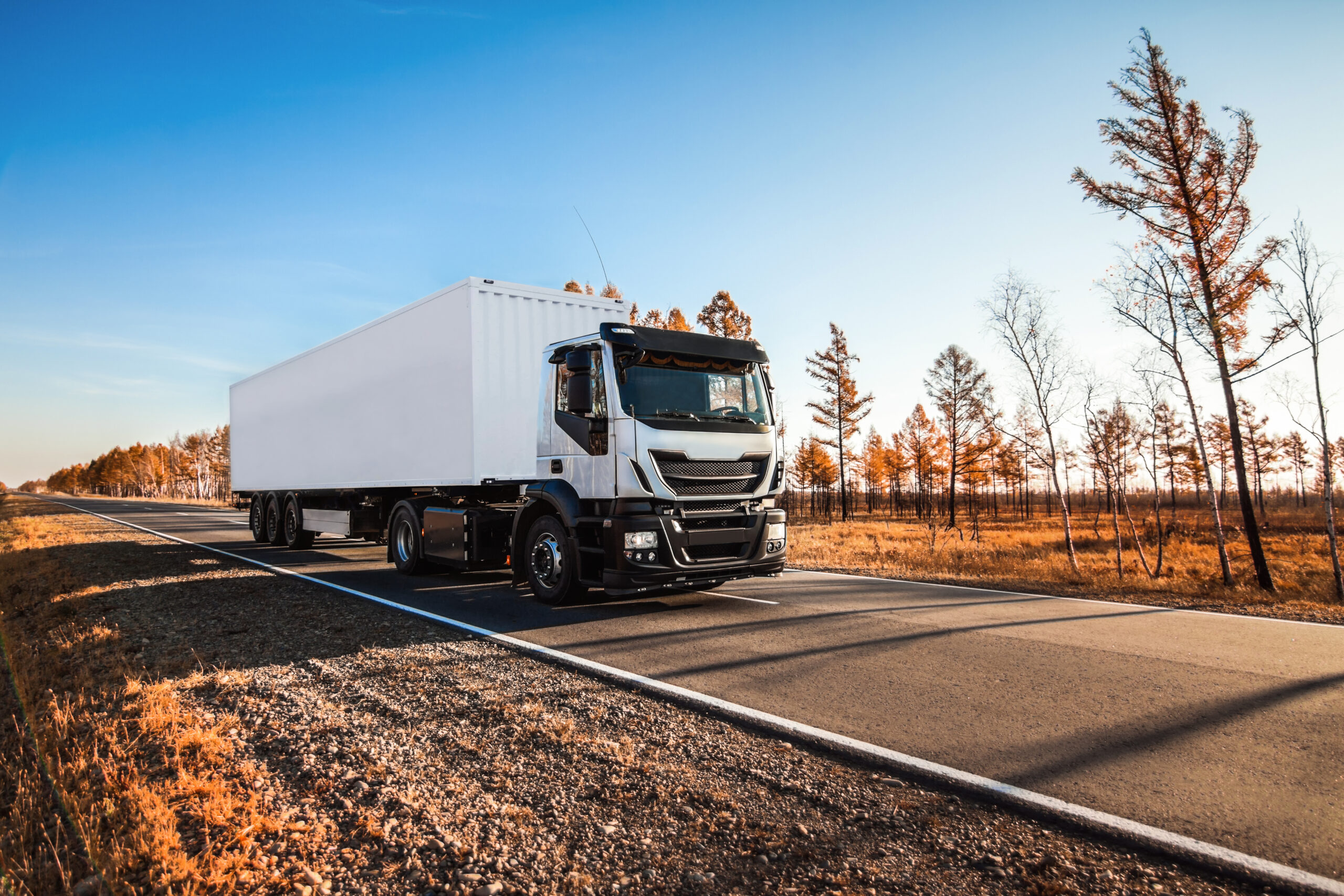As a CTO/CIO in a logistics company, you’re constantly balancing operational continuity with the implementation of new technologies.
You need data that drives strategic decisions—not reports full of generalizations. That’s why it’s worth taking a closer look at the findings of ManpowerGroup’s report “Where Is Logistics Heading?” It’s not just an overview of sentiment in the T&L industry, but a real map of needs, barriers, and technology priorities for 2025.
Industry sentiment: Optimism fades, but the foundations remain strong
78% of companies rate the condition of the T&L sector as good or very good. Sounds promising—yet compared to 2021, the tone has clearly shifted. The share of those describing the condition as “very good” dropped from 22% to 14%. Neutral and negative responses increased.
For leaders like you—responsible for transformation—this is a clear signal: it’s time to focus on operational initiatives that deliver tangible impact.
Key challenges for Poland’s T&L sector: Costs, workforce, and inventory
Cost control is a recurring topic in board-level discussions—and the report confirms this: 44% of companies name it as their top challenge.
Next on the list: labor shortages (37%) and inventory management difficulties (26%). For you, these become concrete checkpoints on the technology roadmap: smarter planning, process automation, and better operational knowledge management.
Investment priorities in 2025: People and tech first
Where will the money go this year?
- 40% of companies plan to hire (making recruitment and onboarding a technological challenge)
- 33% will invest in technology
- 25% in warehouse infrastructure
Yet only 14% plan environmental initiatives and just 10% aim to electrify their fleets.
This opens the door for IT/Tech leaders like yourself to prove that digital transformation can simultaneously drive efficiency and ESG progress.
Digital transformation in T&L: AI and automation in the plans—but not in the budget
The industry talks a lot about automation and AI, but plans often don’t translate into action:
- 54% mention warehouse automation
- 49% see potential in AI
But only: - 35% have real implementation plans for AI in 2025
- 9% invest in Big Data
This gets to the heart of the issue: no meaningful AI is possible without proper data foundations.
As a CIO or CTO, you know this better than anyone. If your company doesn’t invest in data integration, information architecture, and data quality, AI and automation efforts will remain superficial and ineffective.
Practical takeaways for technology leaders: How to implement tech wisely?
If the Manpower report teaches us anything, it’s this: the winners are those who act systematically, not impulsively. What does that mean for you?
✔ Start with “data plumbing”: integration, cleansing, and structuring are essential.
✔ Choose projects with fast ROI—e.g., route optimization, automating repetitive warehouse tasks.
✔ Train your operations team alongside the rollout of new tools. Technology doesn’t work if no one understands it.
✔ Build KPIs that speak the board’s language: delivery time, cost savings, productivity gains—not just technical metrics.
The future of Poland’s T&L sector: Informed, measurable, sustainable
T&L today is more than just transport. It’s a system of interconnected elements: freight, warehousing, e-commerce, and client ERP integration.
As a CTO/CIO, you directly influence how that system functions. Your decisions on systems architecture, analytics tools, and automation will be critical to your company’s competitiveness in 2025.
Summary: What lies ahead for the Polish logistics industry?
- The fundamentals are strong, but enthusiasm is waning.
- Rising costs, workforce gaps, and efficiency pressure are real constraints.
- Technology is essential—but without a clear plan and quality data, it risks becoming an expensive gimmick.
